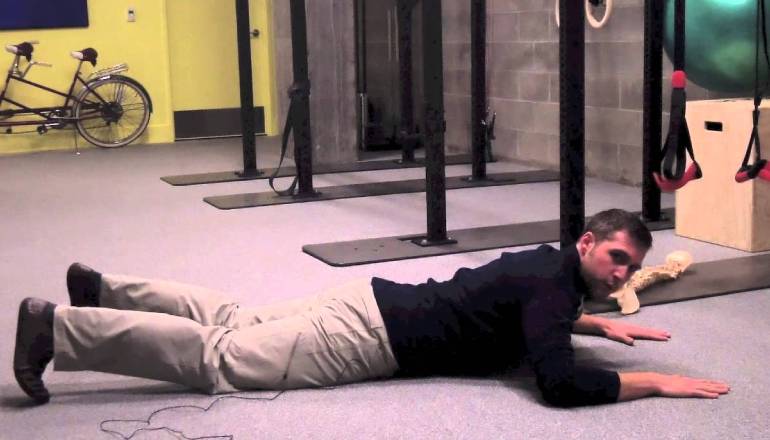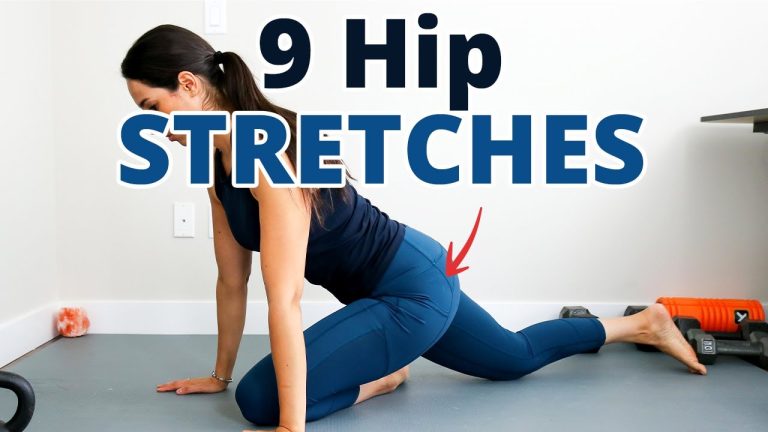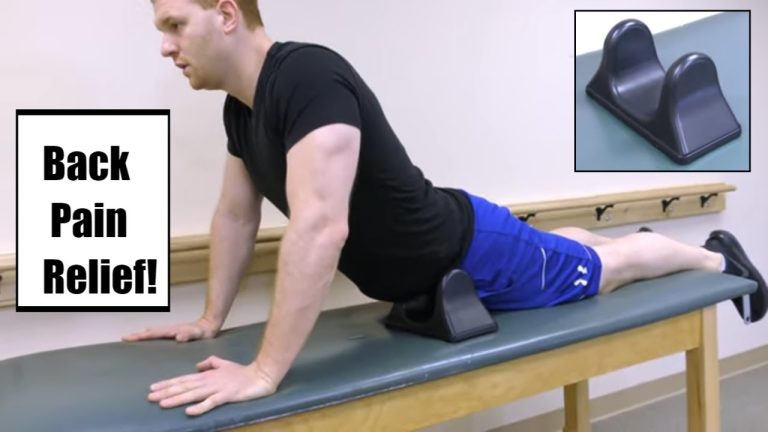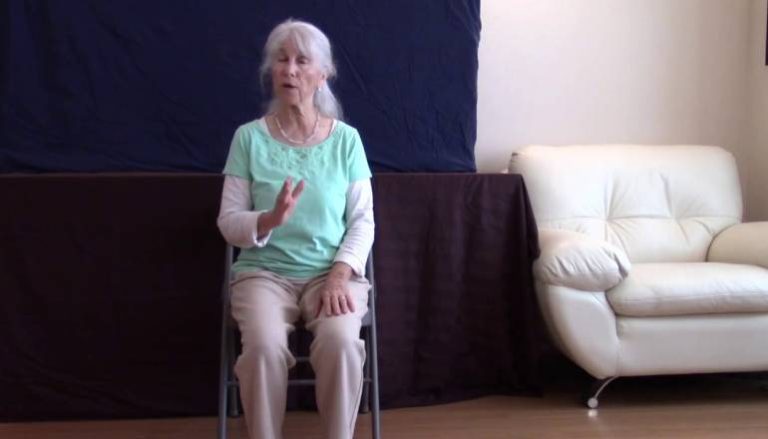What Does Psoas Release Feel Like?
The psoas is a deep core muscle located in the lower back and hip area. It has a profound effect on our posture, movement, and overall health. Many people experience tightness, pain, and discomfort in this area due to overuse or injury. If you’re looking for relief, a Psoas release may be just what you need. But what does it feel like? In this article, we’ll discuss what to expect from a Psoas release and how it can help improve your overall well-being.
Is Psoas release safe?
The psoas muscle is an important part of the body that helps to support our posture, movement, and balance. It’s also known as the “hip flexor” because it connects the spine to the legs. When this muscle becomes tight and overworked, it can cause pain and discomfort in the lower back and hips. Release techniques such as foam rolling and stretching can help to alleviate this tension, but many people wonder if these techniques are safe.
The good news is that yes, psoas release is generally safe when done properly. Foam rolling or using a massage ball can be a great way to target this area without putting too much strain on your body. It’s important to do these exercises slowly and gently, making sure not to push too hard into any one spot. If you feel any sharp pain or discomfort while doing these exercises, stop immediately.
Stretching is also a great way to release tension in the psoas muscle. You can use static stretches or dynamic stretches depending on your needs. As with foam rolling, it’s important to go slow and avoid pushing too hard into any one area. Listen to your body – if anything feels uncomfortable or painful then stop immediately.
Psoas release techniques are generally safe when done properly. However, if you have any pre-existing injuries or medical conditions you should always consult with your doctor before attempting any type of exercise or stretching program.
How long does it take to release Psoas?
Releasing the psoas muscle can be a long and difficult process, but it is worth the effort. The psoas is a deep core muscle that connects the lower back to the legs and helps to stabilize the spine. When it becomes tight or inflamed, it can cause pain and limited mobility in the hips and lower back. So how long does it take to release psoas?
The answer depends on several factors such as your age, fitness level, lifestyle habits, and any existing injuries or medical conditions you may have. Generally speaking, releasing your psoas can take anywhere from a few days to several weeks or even months depending on how severe the issue is.
If you are just starting out in releasing your psoas, start with gentle stretches and exercises for about 10-15 minutes per day. This will help warm up your muscles so that they are more pliable for deeper stretching later on. Over time, increase your stretching duration and intensity as needed until you feel relief from tightness.
It’s important to remember that everyone’s body responds differently to a treatment. Some people may find relief after only a few days of stretching while others may take longer. Be patient with yourself and listen to what your body needs in order to make progress.
In addition to stretching, foam rolling can also be an effective way to release tension in the psoas muscle. Foam rolling helps break down scar tissue which can help improve flexibility over time. It’s best to do this technique 2-3 times per week for 10-15 minutes for each session.
Finally, consider seeing a physical therapist if you are having difficulty releasing your psoas on your own. A physical therapist can provide personalized guidance based on your individual needs which may speed up the healing process significantly.
Releasing the psoas muscle takes patience and consistency but it is possible with some dedication! If you follow these tips and listen closely to what your body needs, you should be able to experience relief from tightness in no time.
Where do you feel the pain from the psoas muscle?
The psoas muscle is a large, deep muscle located in the lower back and hip area. It’s responsible for helping you flex your hip and thigh, as well as supporting your spine. Unfortunately, this muscle can become tight and painful due to poor posture, overuse, or injury. When this happens, it can cause a variety of symptoms including pain in the lower back or hip area.
The most common symptom of psoas pain is a dull ache in the lower back or hip area. This pain may be worse when you move your leg or twist your torso. You may also experience tightness and/or burning sensations in the same areas. Additionally, you may feel pain radiating down into the front of your thigh.
Your doctor may recommend physical therapy to help manage psoas-related pain. Stretching exercises can help reduce tension in the psoas muscle which will reduce symptoms. Your physical therapist may also recommend strengthening exercises to help support the spine and improve posture.
If you suspect that you have psoas-related pain, it’s important to speak with your doctor or physical therapist for an accurate diagnosis and proper treatment plan. With proper care, you can find relief from this type of pain.
Where do you press for the Psoas release?
The psoas is a deep muscle located in the lower back and hip area, which plays an important role in posture, balance, and mobility. It can become tight and restricted due to physical activities or lifestyle habits, leading to pain or discomfort. Fortunately, there are several self-massage techniques that you can use to help release tension in the psoas.
One of the most effective ways to target the psoas is with direct pressure massage. To do this, start by finding the point on your body where your hip crease meets your thigh. This is where you will want to place your hands for pressing. Start with gentle pressure and gradually increase it until you feel a release. You may also want to experiment with different angles of pressure to find what works best for you.
Another way to target the psoas is through trigger point therapy. This involves applying direct pressure at specific points along the muscle fibers of the psoas in order to release tension and reduce pain. To do this, use a tennis ball or foam roller to apply sustained pressure on areas that feel tender or tight. If you have trouble locating these points, consult a physical therapist for guidance.
Finally, stretching can also be helpful for releasing tension in the psoas. Try lying on your back with one knee bent and bringing it across your body towards the opposite shoulder while keeping your other leg straight on the ground. Hold this stretch for 30 seconds before repeating it on the other side.
By using these techniques regularly, you can help relieve tightness in your psoas and improve overall mobility and comfort.
Final Thoughts
Psoas release can provide relief from tightness and pain in the lower back, hips, and thighs. It can also help improve posture and flexibility. Everyone’s experience with psoas release will be different, but overall it is a beneficial and relaxing experience that can provide long-term relief from pain and tightness.







